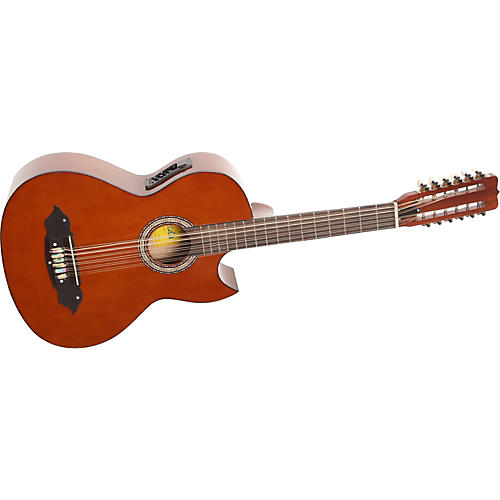Why Shop With Us?
Free Shipping
Free Standard Ground shipping (48 contiguous states, some overweight and Used/Vintage items excluded).
Orders placed before 3 p.m. ET usually ship the same business day.
Learn More2-Year Free Warranty on Guitars
Every guitar or bass you purchase from Musician's Friend (electric or acoustic, New or Open Box) includes two years of protection from manufacturer defects.
Contact Us for DetailsWe're Here for You
Our Gear Advisers are available to guide you through your entire shopping experience. Call or Chat for expert advice and to hear the latest deals.
Contact UsContact Us
Hablamos Español
866.226.2919
Hours:
MON - FRI 6 AM – 7 PM PT
SAT 6 AM – 6 PM PT
SUN 8 AM – 5 PM PT
Holiday Hours:
Thanksgiving: Closed
Christmas Eve Hours: 6 AM PT – 3 PM PT
Christmas Day: Closed
New Year’s Eve: 6 AM PT – 4 PM PT
New Year’s Day: Closed

Bajo Sexto
false falseWe're sorry-this item is unavailable.
Contact our experts for a recommendation of great alternatives. Call us at 800-449-9128.
A classic 12-string conjunto instrument.
The Lucida Bajo Sexto is carefully crafted with an all-spruce top for superb resonance and brilliant sustain. The back and sides are built strong with mahogany. The fretboard is made from rosewood. These excellent tonewoods combine to produce an instrument that is sonorous and dependable. The Lucida Bajo Sexto also features a decorative rosette and authentic bajo sexto strings.
This is terrific instrument for guitarists seeking new textures and south-of-the-border musical seasoning.
Traditionally, the bajo sexto is a part of the instrumentation of conjunto groups in Northern Mexico. Its role is to provide the bass and chord accompaniment to the band's lead instrument--the button accordian. Powerful bass tones are produced by playing string pairs. In traditional use, the top 2 strings are not played and in some cases they are removed creating what's referred to as a bajo quinto. The next 4 top strings play the basslines while the lower six provide the chords.
Small conjunto groups also usually incorporate a guitar and drum kit. Unlike mariachi bands who rarely perform at dances, conjunto groups provide the 2-step basis for many Mexican dances. Conjunto in its modern form has evolved into what is now referred to as Tejano music.
Tuning the Bajo Sexto
1. Starting at position one (same as the first string or high E on a guitar, the first 2 strings are tuned in unison, to the note of F. The pitch is equivalent to the F note which occurs on the 3rd fret of the 4th string on a guitar.
2. At position 2, the next set of strings moving upward, both strings are tuned in unison to the note of C, the same as the C occuring at the 3rd fret of the 5th string on a guitar.
3. At position 3, the next 2 strings are tuned in unison to the note of G, the same as the G note which occurs at the 3rd fret of the sixth string of a guitar.
4. At position 4, there are 2 strings of different sizes. The smaller string is tuned to the note of D, the same as the the open 4th string of a guitar. The larger string is tuned also to the note of D, one octave below the other string, which can be found on a bass tuner or tuned by ear, one octave below the smaller string.
5. At position 5, tune the smaller string to the note of A, the same as to the open 5th string of a guitar, which is also found on a guitar tuner. The larger string is tuned one octave below as found on a bass guitar tuner.
6. At position 6, tune the smaller string to the note of E, the same as the open sixth string of a guitar. The larger string is tuned to E, one octave below or with a bass tuner.
Features
- All-spruce top
- Mahogany back and sides
- Rosewood fretboard
- Decorative rosette
- Authentic strings
Get into conjunto for a very affordable price. Order today.
- Free Standard Ground shipping (48 contiguous states, some overweight and Used/Vintage items excluded).
- Orders placed before 3 p.m. ET usually ship the same business day.
Every guitar or bass you purchase from Musician's Friend (electric or acoustic, New or Open Box) includes two years of protection from manufacturer defects.
Our Gear Advisers are available to guide you through your entire shopping experience. Call or Chat for expert advice and to hear the latest deals.

Musician's Friend Support





































































































































